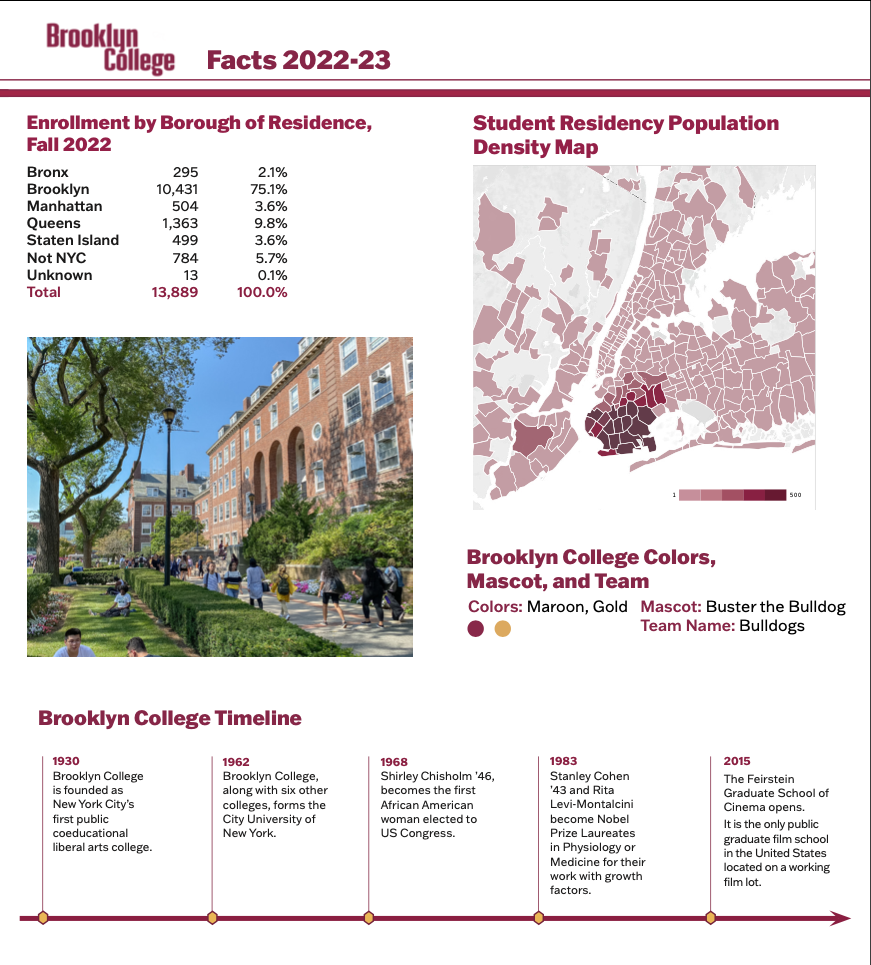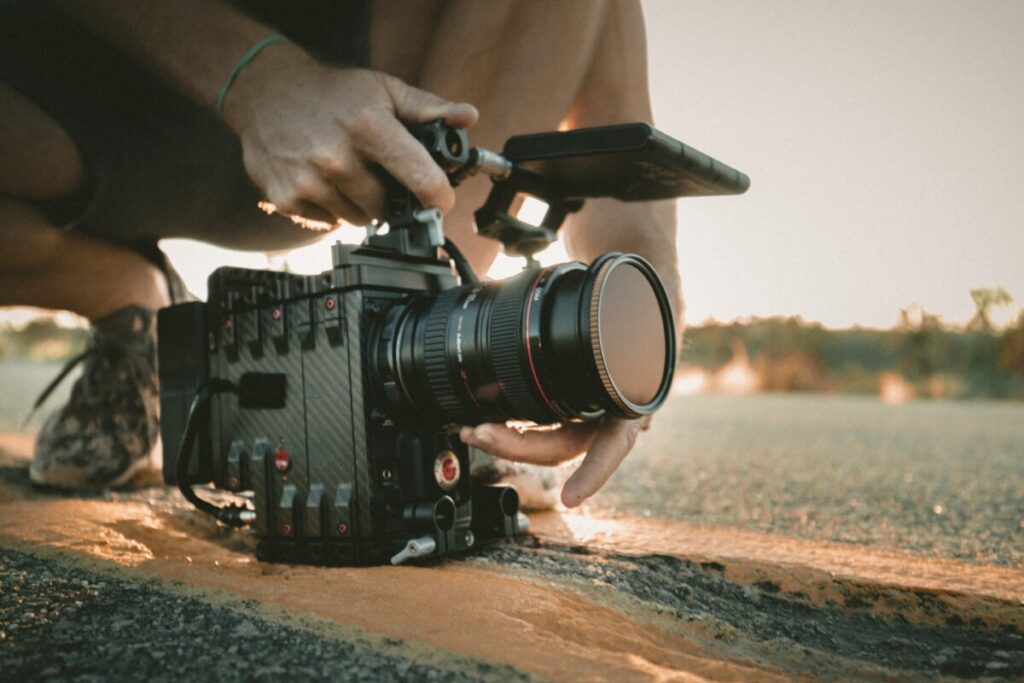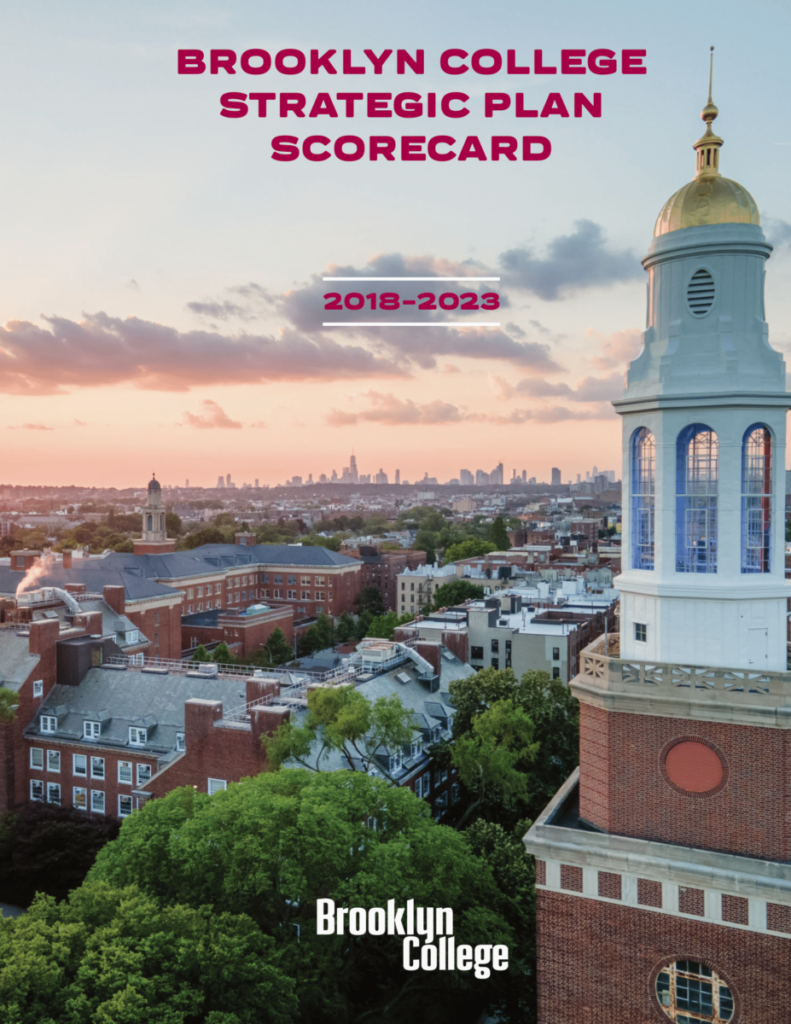Within my internship, I have completed all of my duties as their graphic design intern. I ensured that I adhered to all ethical principles within the AIGA guidebook when completing any and all assignments. For each and every project that was given to me, I needed to make sure that my images were complaint to that of Brooklyn College’s guidebook. With that comes with both the sourcing of my images and any of their trademarked products and logos. With careful consideration, my supervisor provided me with the college’s brand guide which contained the colors, logos, textures, visual elements, etc. This helped guided me to creating something unique for the college when it came towards me creating some of their publications. However, it’s important to note that we picked the right images. Failure to do so can lead to some action from the college, hence why it’s critical to read the guidebooks provided. According to “AIGA Business Ethics, Use of Photography”, it states “In the first instance, the designer must consider what rights will be transferred to the client. Rights can be limited in many ways, including the duration of use, geographic area of use, type of product or publication, title of the product or publication, and whether the use is exclusive or nonexclusive.” Since being given permission by the college itself, any photos that I used for any publication pieces that I’ve developed within the college has been cleared. Fortunately for me, one of the projects that I’ve developed for Brooklyn College has been cleared and was ready to print.
During the duration of my internship, I did not have to sign any confidentiality or non-disclosure agreements. However, it’s important to note that publishing any project(s) that I completed for Brooklyn College onto my personal portfolio or journal entries needed permission. Our supervisor provided us with a Google drive file that contained every asset that we needed for creating any of our projects. Although, me and my team were given other files from past design interns, we had a responsibility to not tarnish their work. According to the “AIGA Business Ethics, A Client’s Guide to Design”, it states “A professional designer shall be objective and balanced in criticizing another designer’s work and shall not denigrate the work or reputation of a fellow designer.” When given an assignment by our supervisor to tweak or update old files, we’re not meant to tarnish their work. With more and more interns coming in to intern under the college, it’s going to be a continuous cycle of reusing files to update according to their needs.
Citation(s)
• “Use of Photography” AIGA. (2001). PDF. New York City; Richard Grefé, AIGA.
• “A Client’s Guide to Design: How to Get the Most Out of the Process” AIGA. (2001). PDF. New York City; Richard Grefé, AIGA.








